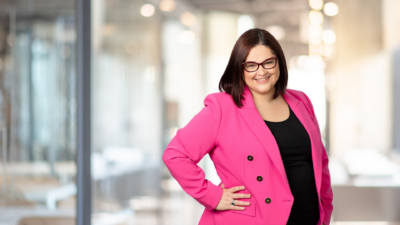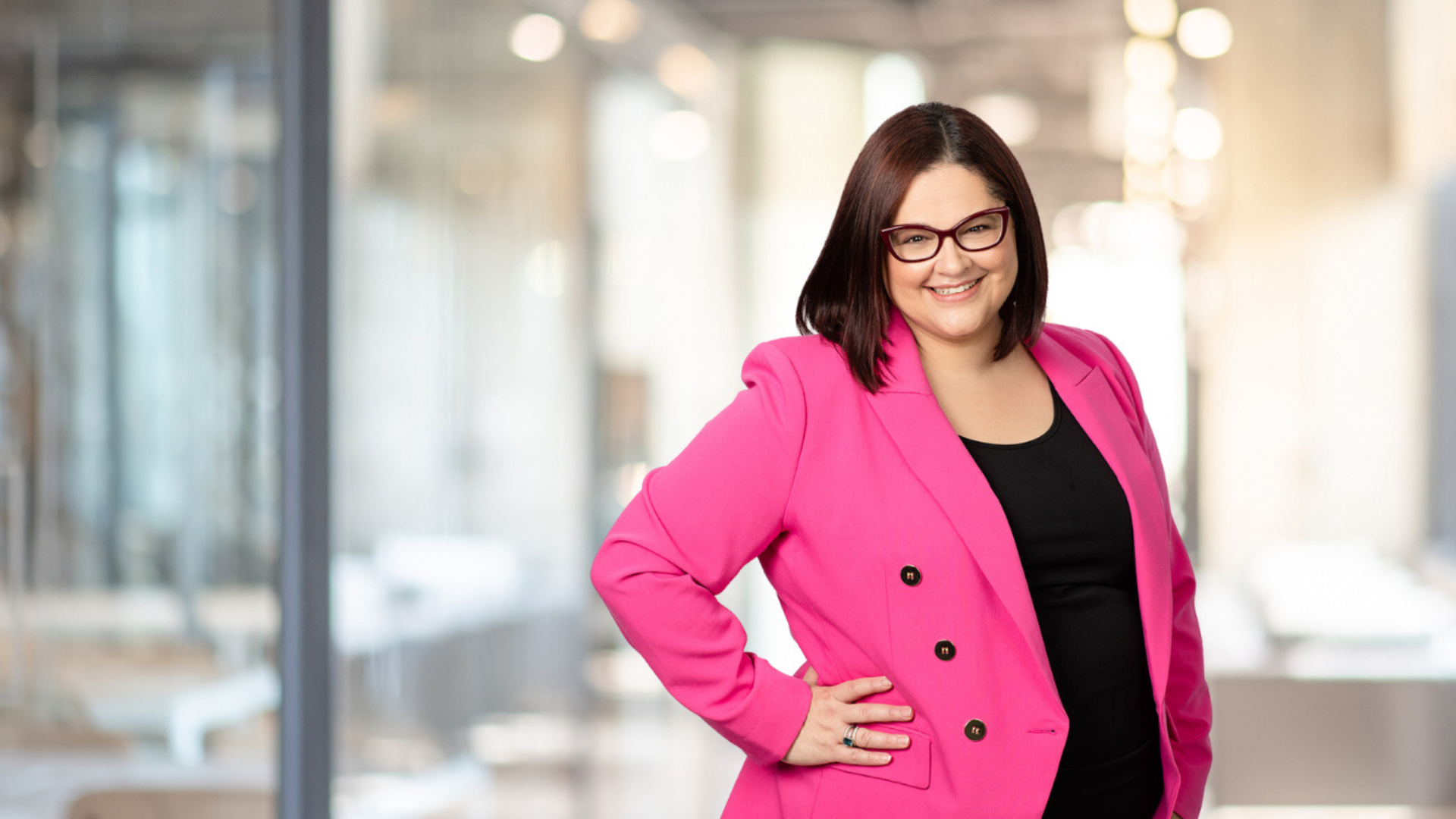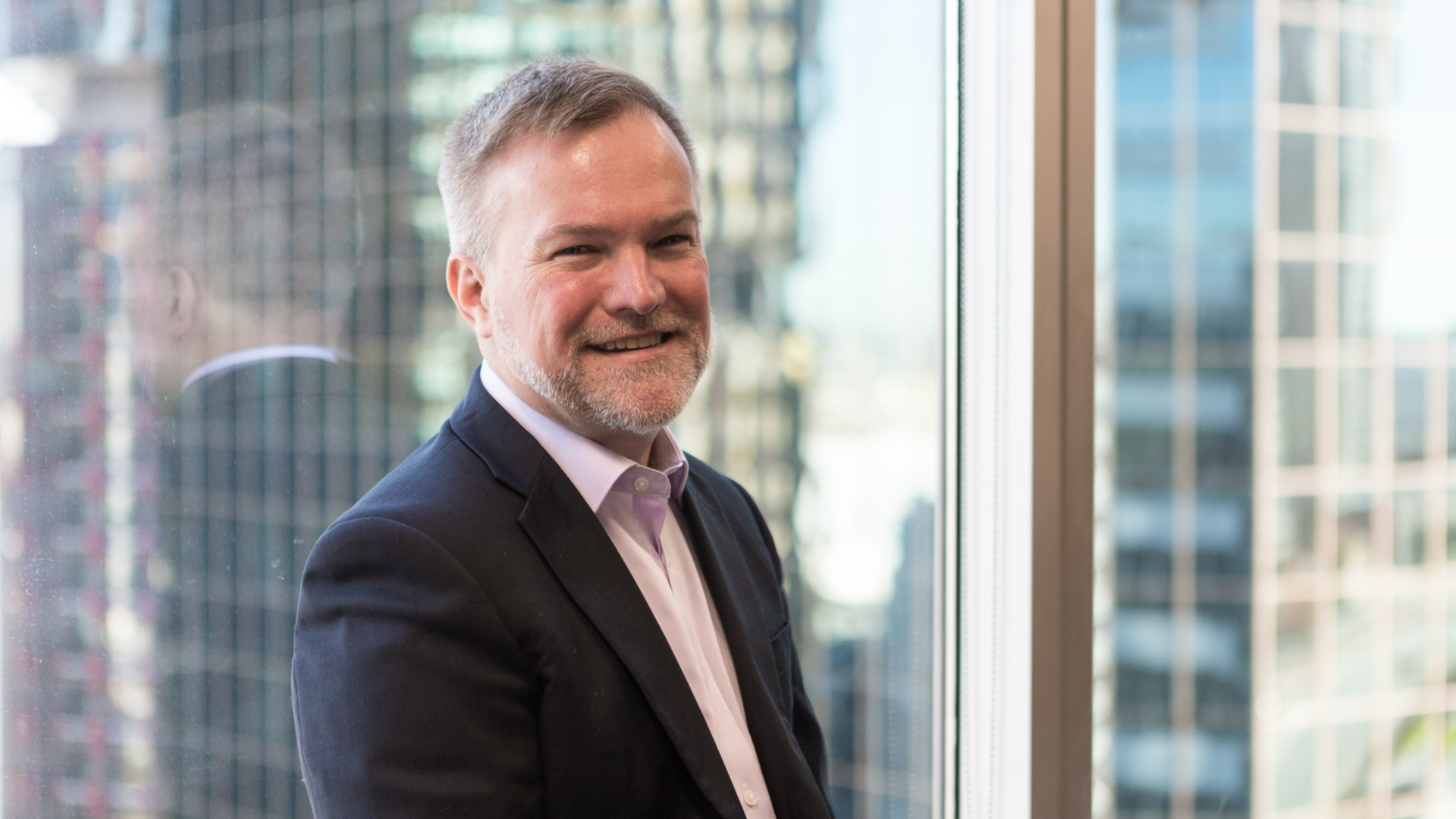In retirement and on boards: it’s all about diversity
(Pictured: Anne Richards)
by Greg Bright
Anne Richards, the global CIO of Aberdeen Asset Management, is nothing if not versatile. Last week she spoke at the Women on Boards annual ‘diversity’ index launch in Sydney to a wide media audience, and then two days later presented on trends in retirement incomes at the CMSF conference on the Gold Coast. Oddly, both themes are connected.
Richards is a minor celebrity in funds management, partly for the diversity of her own background. When you Google her, you get a rich array of items on which she has opined and profile pieces that go way beyond the norm for a CIO of a big global fund manager.
Both themes are well enough known. The industry has still not put sufficient effort into retirement incomes – both super funds and managers – and the corporate world at large, as well as our industry, has not put enough effort into making sure the people who control the world are representative of the people they control.
Richards emphasises that board diversity is not just about gender diversity, although that is a good and relatively easy place to start. Ethnicity is important, as are socio-economic background, educational background and technical skills. At least with gender you don’t get into definitional issues (for a very high proportion of the time, that is). What it’s really about, Richards says, is “cognitive diversity”. “Sometimes it doesn’t actually matter what the difference is [between people], but that there is a difference,” she says.
Interactions and decision making among boards is also about the way groups behave. You can have a board of only middle-aged men, for instance, which is quite diverse, through ethnicity, sexual persuasion and educational backgrounds. It’s not, dare we say it, a black-and-white issue.
“The way I’ve found helpful to think about it,” Richards says, “is to think in terms of dominant versus non-dominant groups. If you are a part of a dominant group in society – say, white people in South Africa – you are assumed to be competent by other members of that group unless you are proven otherwise. For members of the non-dominant group, it is the reverse. When you move to the world of trust, if you are a member of the dominant group you are assumed to be trustworthy, unless proven otherwise, and vice versa for members of the non-dominant group.”
With her work on gender diversity among boards, she has observed that where there is a high level of diversity – gender or otherwise – it is because someone has decided to “champion the cause”. “You have to have a chair and/or board, firstly, that is aware of the biases and looks at what can be done to overcome these.”
She says that asset owners are increasingly putting these issues on their agenda but it is “quite a long chain” of command. However, “the direction we are travelling is right”. “When I started running money in 1992, none of this was on the agenda,” she said.
The Women on Boards index report showed that 26.6 per cent of the trustees on the boards of 135 super funds were women, as at January 2015, compared with 20.9 per cent in 2013. The average for ASX 50 companies, which undergo more scrutiny than smaller companies, was 24.1 per cent, but for ASX 300 companies only 18.1 per cent. No comparative data for 2013 is available.
Everyone is an individual, as Richards says, and this is the connection with the retirement incomes issue – an issue which will be with the industry for the next three decades due to the babyboomer bulge passing through society.
As they behave on boards, women have different behaviours to men with respect to money and security. They not only live longer, they are more risk averse and more concerned about physical and financial security.
Richards says that there has been more public debate in the UK than Australia, for various reasons, about the move from accumulation to decumulation and lifestyle management and how the industry can adapt an investment product to suit several decades. It takes a lot of thought to manage someone through the variations.
The UK, also, she believes has a wider acceptance of the benefits of diversification. There has been more resistance in Australia to a move away from the traditional 70:30 or 60:40 balanced fund and less debate on a different risk/return trade-off.
“It’s easier to do a mix-and-match across the asset allocation spectrum in the UK,” she says. “But of course Australia has a real edge over most other countries because of its compulsory contributions system. There’s also a very good pooling of interests here with the industry funds.”
There has been talk in Europe about developing new funds which are called ‘defined ambition’ funds or ‘DB lite’, although Richards says this has tended to “slightly fall of the discussion board” in the past couple of years. These funds are an attempt to accept that you cannot guarantee both the size of the pot of money someone has for retirement and the amount of income they get. However, it may be possible to guarantee a minimum of either.
“You can do some trade-offs and we need to explore this more,” she says. “It raises the question as to whether we are good enough to give people an holistic management vehicle. How easy do we need to make it? It’s something which technology will make easier.”
Richards started her career as a scientist, graduating in electronics and electrical engineering from the University of Edinburgh. She got an MBA from Insead, known as ‘The Business School for the World’, in Fontainebleau near Paris, and was subsequently attracted to finance because of its immediate nature and creativity, compared with the long-term scientific studies she had worked on.










